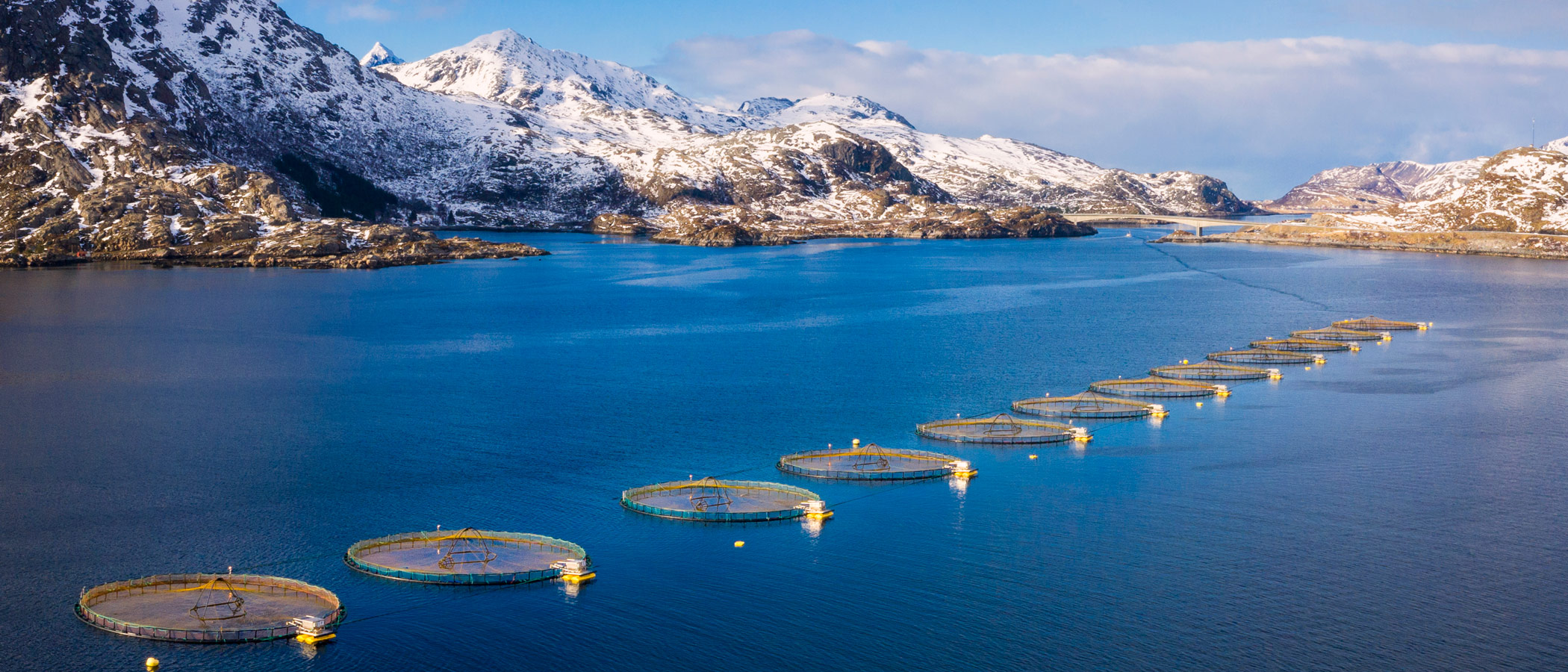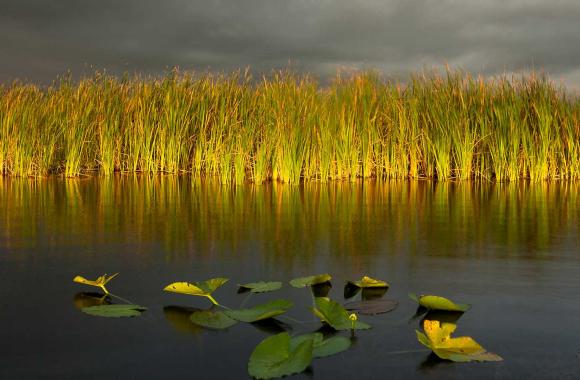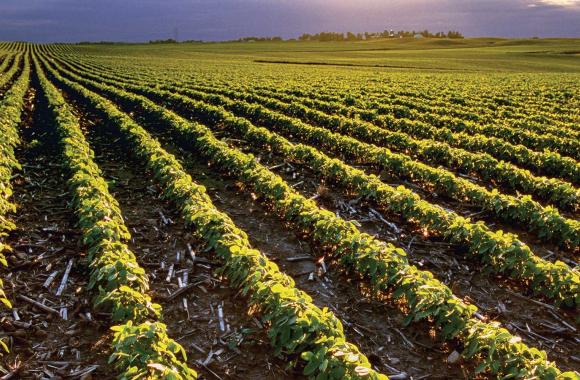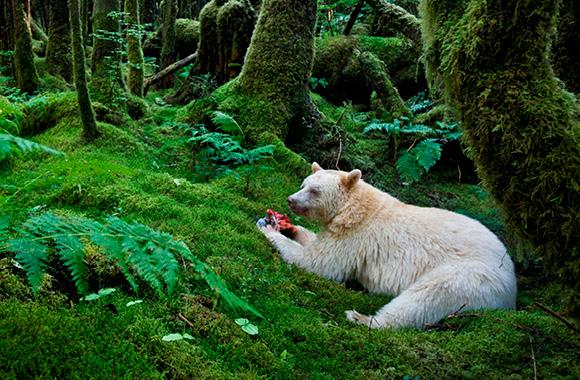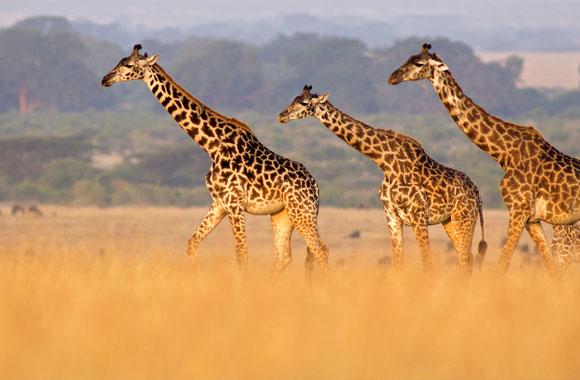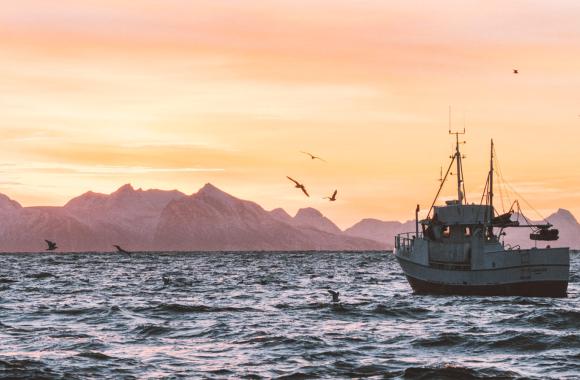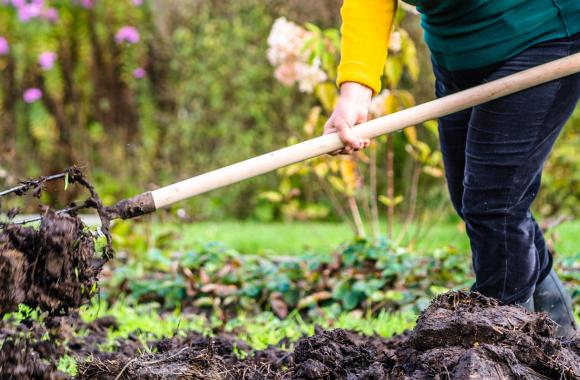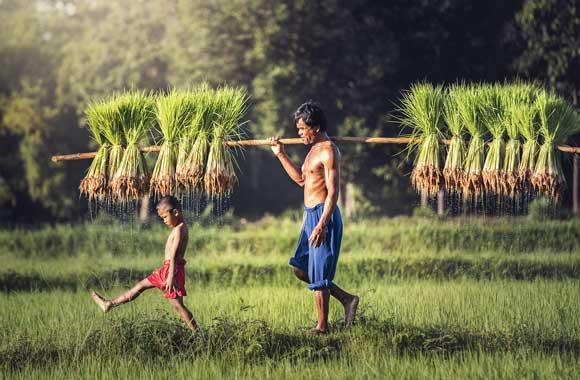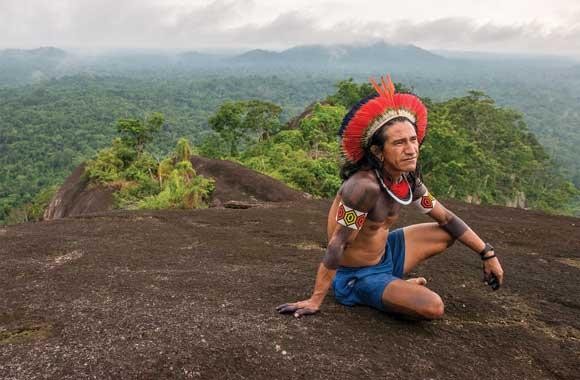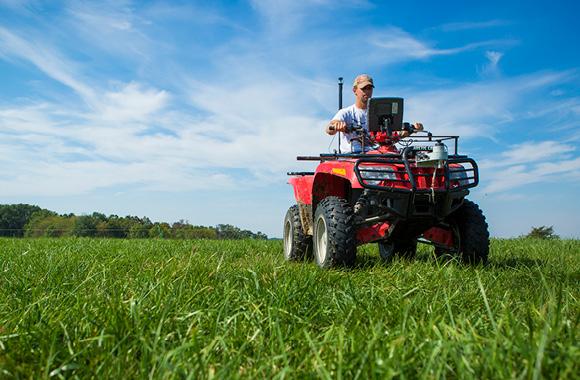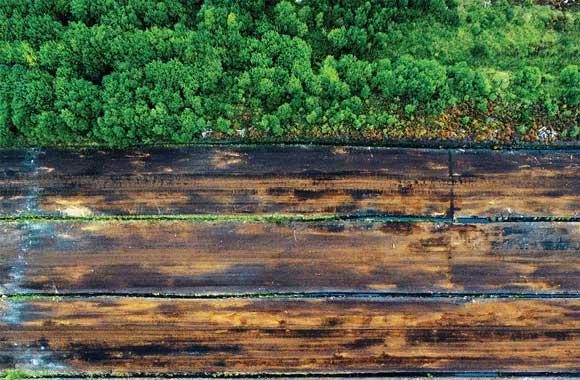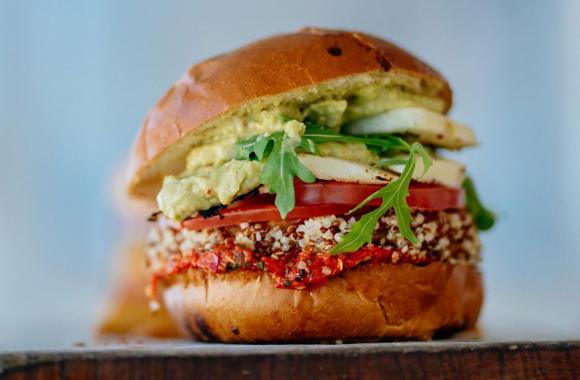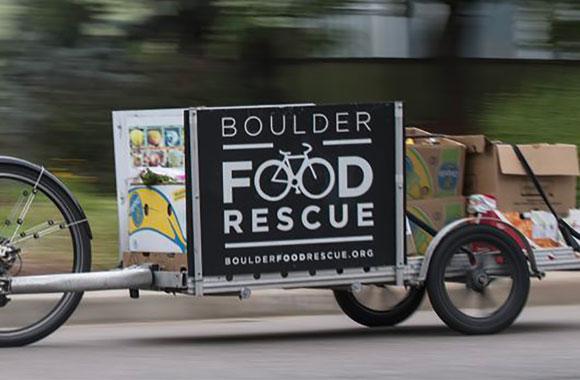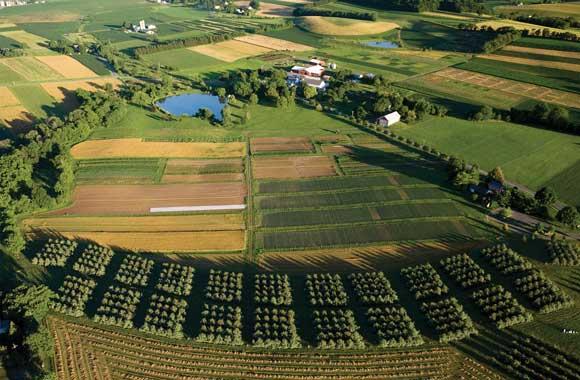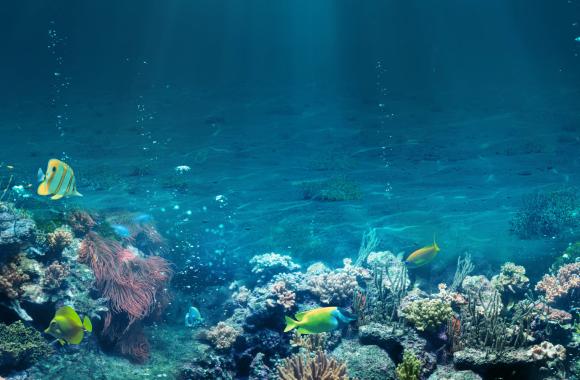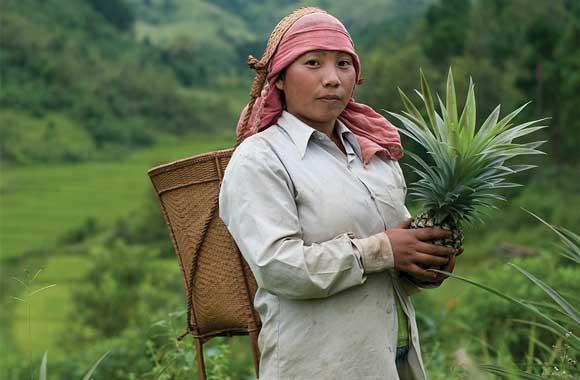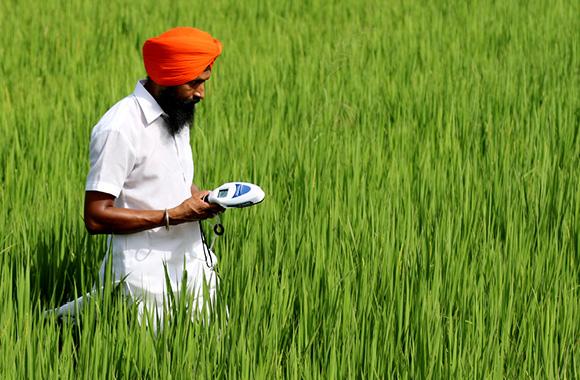Improved Aquaculture
Aquaculture is one of the fastest-growing animal food sectors. Because some aquaculture systems are highly energy intensive, ensuring part of the on-site energy consumption is based on renewable resources would reduce greenhouse gas emissions.
Reduced/Sequestered
2020–2050
To Implement
Operational Savings
Impact
The application of hybrid energy to producing 38.05–60.93 million metric tons of live weight would reduce carbon dioxide equivalent emissions by 0.50–0.78 gigatons by 2050. Net first cost of installing and operating those hybrid energy systems amounts to US$151.37 to 241.87 billion for 2020–2050, and lifetime net operational savings are US$140.48–223.01 billion. The aquaculture industry is currently developing alternative feed components that might be responsible for important greenhouse gas reductions in the future.
INTRODUCTION
Aquaculture is one of the fastest-growing animal food sectors. Since 2014, aquaculture has provided more fish for human consumption than capture fisheries have; by 2030, aquaculture is expected to provide about 59 percent of the fish available for human consumption.
Emissions from crop feed material production, fishmeal production, feed blending, and transport account for 57 percent of global aquaculture greenhouse gas emissions. The rest of emissions arise from nitrification and denitrification of nitrogenous compounds and on-farm energy use (e.g., pumping water, lighting, and vehicle use). Depending on the farmed species and farm type, aquaculture may be one of the most energy-intensive food production systems.
Project Drawdown’s Improved Aquaculture solution involves shifting generators used in animal aquaculture from diesel and petrol-based to hybrid systems that are partly based on renewable energy resources. This will reduce greenhouse gas emissions from on-site energy use.
Because this sector is relatively young and many aquaculture operations are yet to be established, producers have the opportunity to minimize greenhouse gas emissions from the start by installing hybrid energy systems that combine traditional diesel and petrol generators with photovoltaic and solar thermal panels or wind turbines instead of relying solely on nonrenewable fuels.
Methodology
Total Addressable Market
We define the total addressable market for the Improved Aquaculture solution as total live weight animal production in aquaculture. We estimated this by drawing a set of trends based on different growth curves from a few sources and choosing the mean value as a final projection. We arrived at a total addressable market (total aquaculture production) of approximately 72 million metric tons in 2014 and around 126 million metric tons in 2050.
Adoption Scenarios
We based adoption of the Improved Aquaculture solution on 10 custom scenarios developed using a variety of assumptions regarding energy system transformation.
We calculated impacts of increased adoption of Improved Aquaculture from 2020 to 2050 by comparing two growth scenarios with a reference scenario in which the market share was fixed at current levels.
-
Plausible Scenario: Total live weight production is 38.05 million metric tons (30 percent of total addressable market).
-
Ambitious Scenario: Total live weight production is 60.93 million metric tons (48 percent of total addressable market).
Emissions Reduction and Sequestration Rate
Emissions from on-site energy usage in diesel and petrol generators in aquaculture amounts to 300,000 metric tons of carbon dioxide per million metric tons of live weight, based on 45 data points from three sources. Emissions from hybrid systems partly based on renewables amounts to 155,128 metric tons of carbon dioxide per million metric tons of live weight, based on 41 data points from three sources. We calculated the emissions reduction by comparing direct emissions of the conventional practice under the reference scenario with the emissions figures for the two adoption scenarios.
Financial Model
We assume that the landowner or manager bears any costs for implementing the Improved Aquaculture solution. The net first costs to implement depends on the type of system (land vs. marine, open cages vs. recirculating aquaculture) but broadly consists of costs of constructing or adapting buildings, equipment, installing farming systems, and installing the energy system. The operational costs broadly consist of labor, feed, energy, fuel, and maintenance. The costs were retrieved from different geographies with a static price assigned over the next 30 years.
Integration
The Improved Aquaculture solution was not affected by integration with other solutions because no other solution uses aquaculture live weight produced as its total addressable market.
Results
In Scenario 1, the net first cost to implement is US$151.37 billion and the lifetime net operational savings are US$140.48 billion. The scenario reduces emissions by 0.50 gigatons of carbon dioxide equivalent by 2050.
In Scenario 2, the net first cost to implement is US$241.87 billion and the lifetime net operational savings are US$223.01 billion. The scenario reduces emissions by 0.78 gigatons of carbon dioxide equivalent by 2050.
Discussion
The World Resources Institute modeled various scenarios of emissions reduction in aquaculture (Hoegh-Guldberg et al., 2019). One scenario, which assumed shifting energy sources and was based on the current direction of energy policy in each major aquaculture producer country, projected a larger share of renewable sources in the global energy mix in 2050 relative to 2010. The report estimated greenhouse gas emissions reduction at the rate of 0.4 gigatons of carbon dioxide equivalent per year in 2050. These values are higher than those estimated by our model, which projects a reduction of 0.06 gigatons of carbon dioxide equivalent greenhouse gas emissions per year by 2050. The difference is expected because the World Resources Institute report assumed 100 percent adoption and included total energy demand and supply, not just that due to on-site diesel and petrol-based generators (Hoegh-Guldberg et al., 2019).
Most full-life-cycle greenhouse gas emissions in aquaculture come from feed usage, so we investigated modeling alternative feed as a drawdown solution. Currently, the components of aquafeed that produce the largest emissions are terrestrial animal–based proteins such as feather or poultry meal and Brazilian soy, which drives losses of soil organic carbon as a result of deforestation for new soy plantations. Because of rising costs and other limitations, the aquafeed industry has already been turning toward alternatives such as microalgae, plants, bacteria, and insects.Due to a lack of data on trends in use of low-emission feed components, we did not include alternative feeds in our analysis. However, we will consider doing so in the future.
A major limitation in the adoption of the Improved Aquaculture solution is linked to the economic capacity of farmers, especially smallholders who lack capital or access to credit and may experience financial risk if production costs outpace revenue. Government, nongovernmental organizations, and the private sector have important roles to play in providing incentives and support programs for producers, especially in emerging economies where access to information and skilled services is limited. On the other hand, this solution also brings many benefits to farmers because hybrid systems increase their independence and energy supply stability.
Reference
Hoegh-Guldberg, O., Caldeira, K., Chopin, T., Gaines, S., Haugan, P., Hemer, M., Howard, J., Konar, M., Krause-Jensen, D., Lindstad, E., Lovelock, C. E., Michelin, M., Nielsen, F. G., Northrop, E., Parker, R., Roy, J., Smith, T., Some, S., and Tyedmers, P.. (2019). The Ocean as a Solution to Climate Change: Five Opportunities for Action. World Resources Institute. http://www.oceanpanel.org/climate
What You Can Do
Do an Internet search for “sustainable seafood,” and use what you learn to guide your purchases.
Favor restaurants that serve sustainably sourced seafood—and let them know you’re doing so.
- Expand your knowledge by exploring another Drawdown solution.

